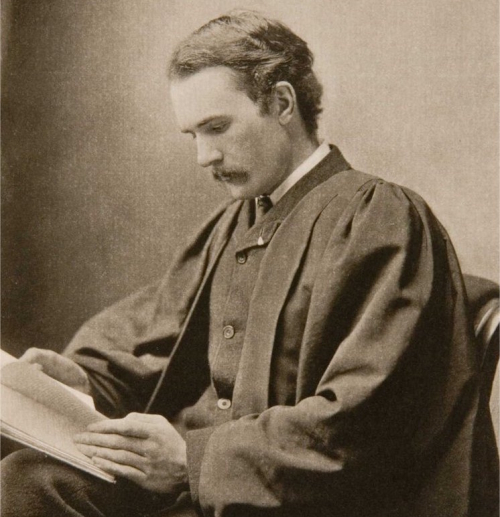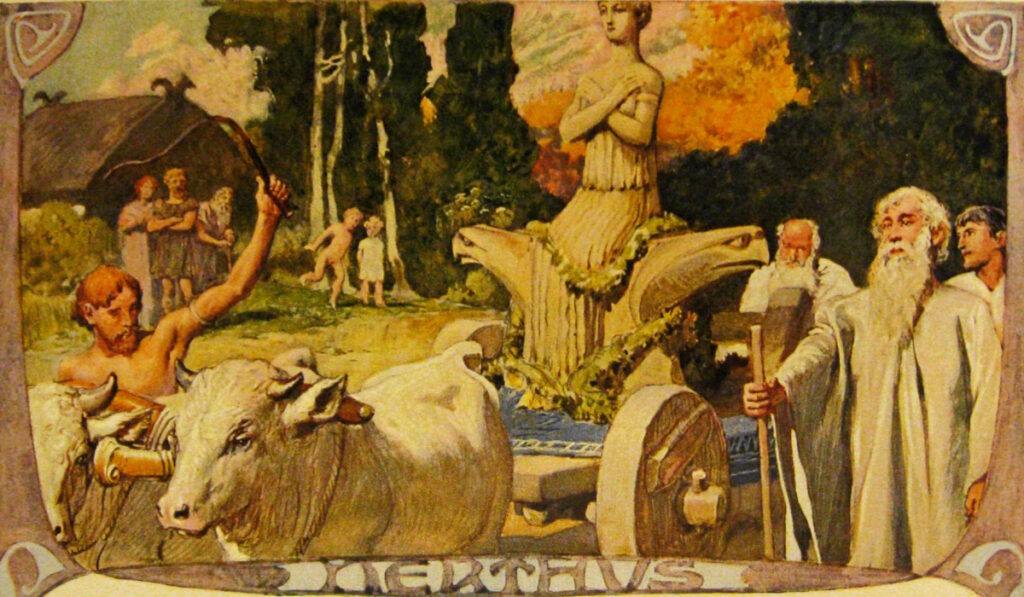Focus On: (20000) Varuna
Name origin: Hindu god of water and the celestial ocean. Varuna was also the god of law in the underwater world, and may have been replaced eventually by Indra. He is said to have unlimited knowledge.
Focus On: (20000) Varuna Read Post »










